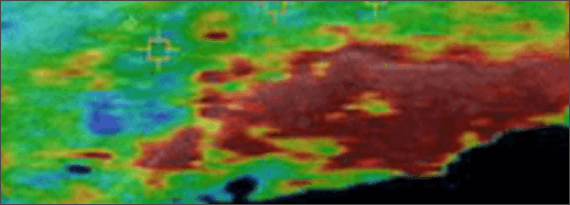
Sonoelastography is a game-changer in the diagnosis and rehabilitation of injured and damaged tissues. Manual palpation has long been a traditional component of the diagnostic process, but sonoelastography is more precise by far than the hands of the most skillful therapist. It is essentially palpation on steroids, giving us quantitative data to evaluate damaged tissues.
Inflammation, calcification, trigger points and architectural damage can diminish tissue elasticity. High resolution ultrasound alone does not give us 100 percent accuracy. Sonoelastography tips the scales, providing an additional 15-20 degrees of certainty. It enables us to visualize and measure the elasticity of tissues throughout the rehabilitation process.
Using sonoelastography in conjunction with high resolution ultrasound, we are able to see beyond grey scale to:

Explore more advanced diagnostic tools available only at NYDNRehab:

Sonoelastography is used to diagnose and rehabilitate injured tissues:
Dr. Lev Kalika is a world-recognized expert in musculoskeletal medicine. with 20+ years of clinical experience in diagnostic musculoskeletal ultrasonography, rehabilitative sports medicine and conservative orthopedics. In addition to operating his clinical practice in Manhattan, he regularly publishes peer-reviewed research on ultrasound-guided therapies and procedures. He serves as a peer reviewer for Springer Nature.
Dr. Kalika is an esteemed member of multiple professional organizations, including: